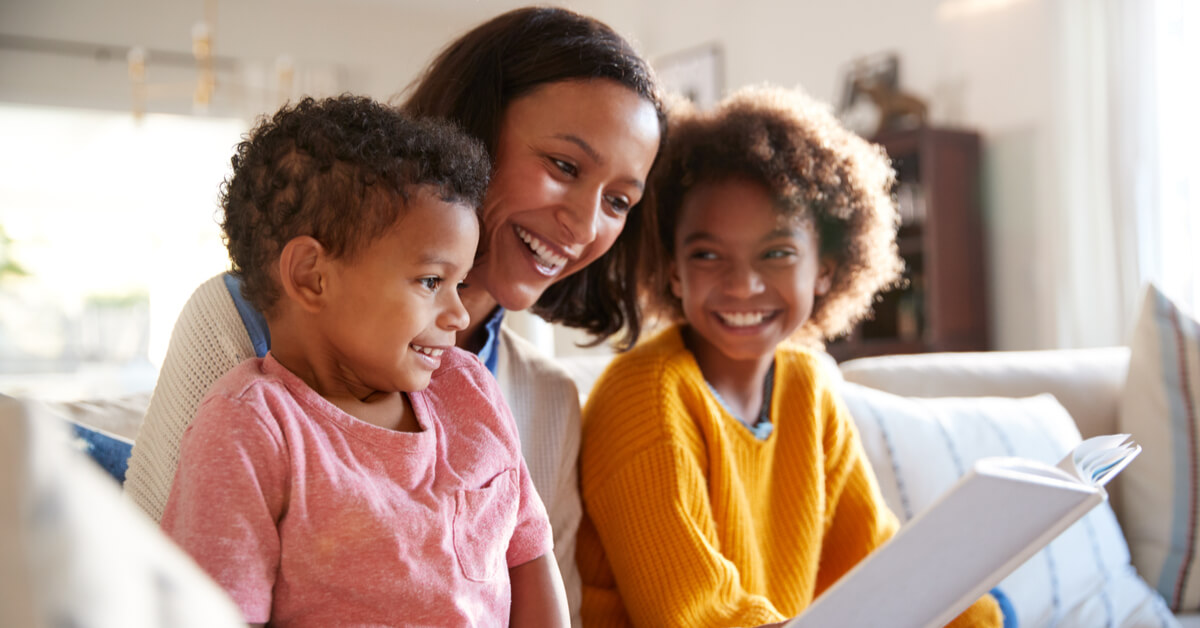“When you were growing up, were there any feelings that you just knew weren’t okay or accepted in your home?”
When I ask this question to a group of parents, almost every hand goes up. And when I ask them to name the shunned emotions, the list looks something like this: anger, frustration, sadness.
One of the most fundamental emotional literacy lessons we try to teach kids is that their feelings are okay — all of them. Even those uncomfortable emotions. Emotions are a normal, natural part of being human. And learning how to notice and name our emotions can help us navigate them in healthier ways. As psychologist Susan David reminds us, “Emotions are data, not directions.”
But that’s not a message many of us grew up with.
So is it any wonder that we are triggered by our kids’ big, uncomfortable feelings? In the face of children’s anger or frustration or sadness or worry, we often revert to old patterns: threatening them (“If you don’t stop right now, then…“), sending them away from us (“Go to your room until you’ve pulled it together”), or dismissing their feelings (“Why are you crying? It’s silly to get upset about…

